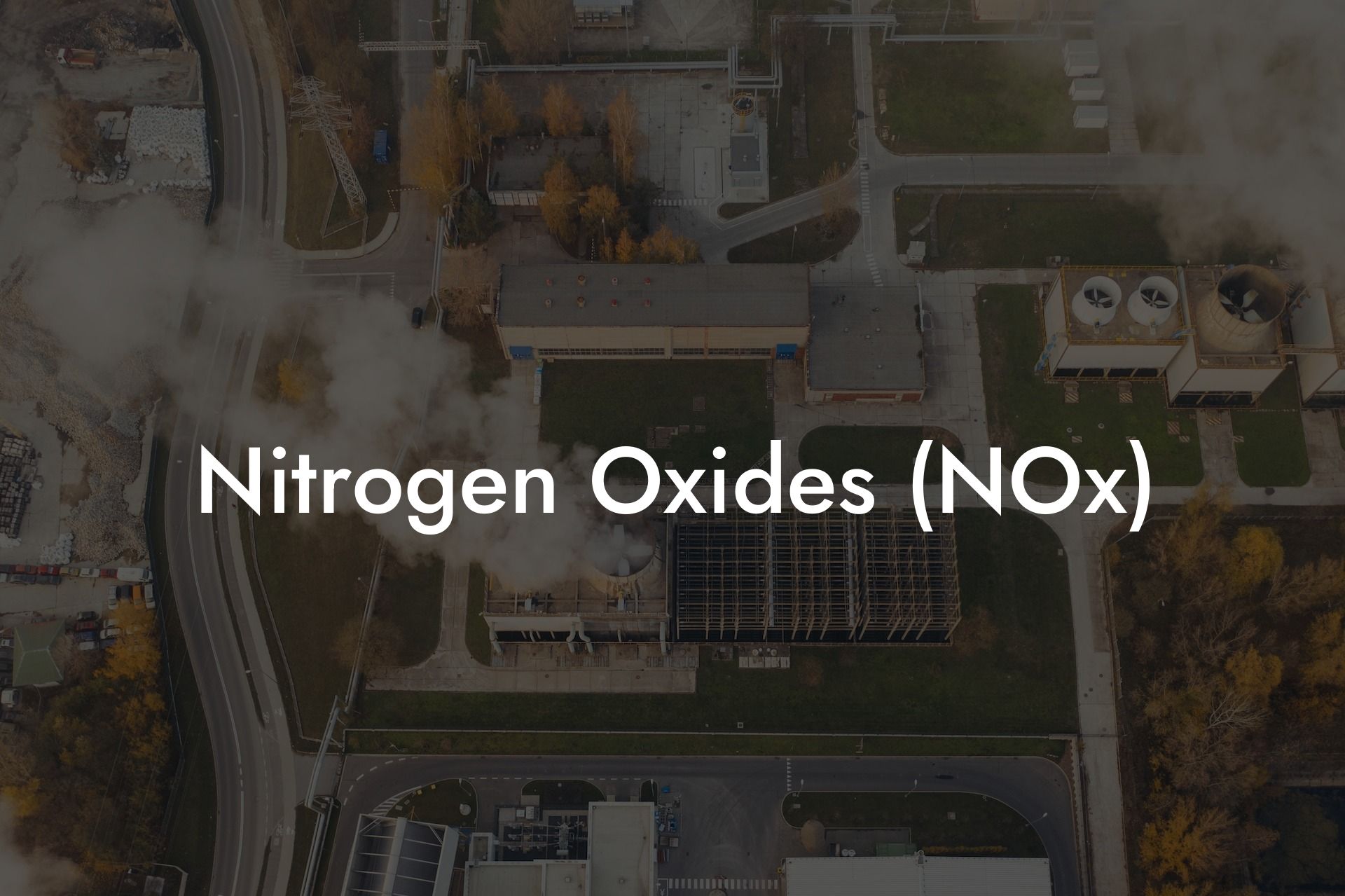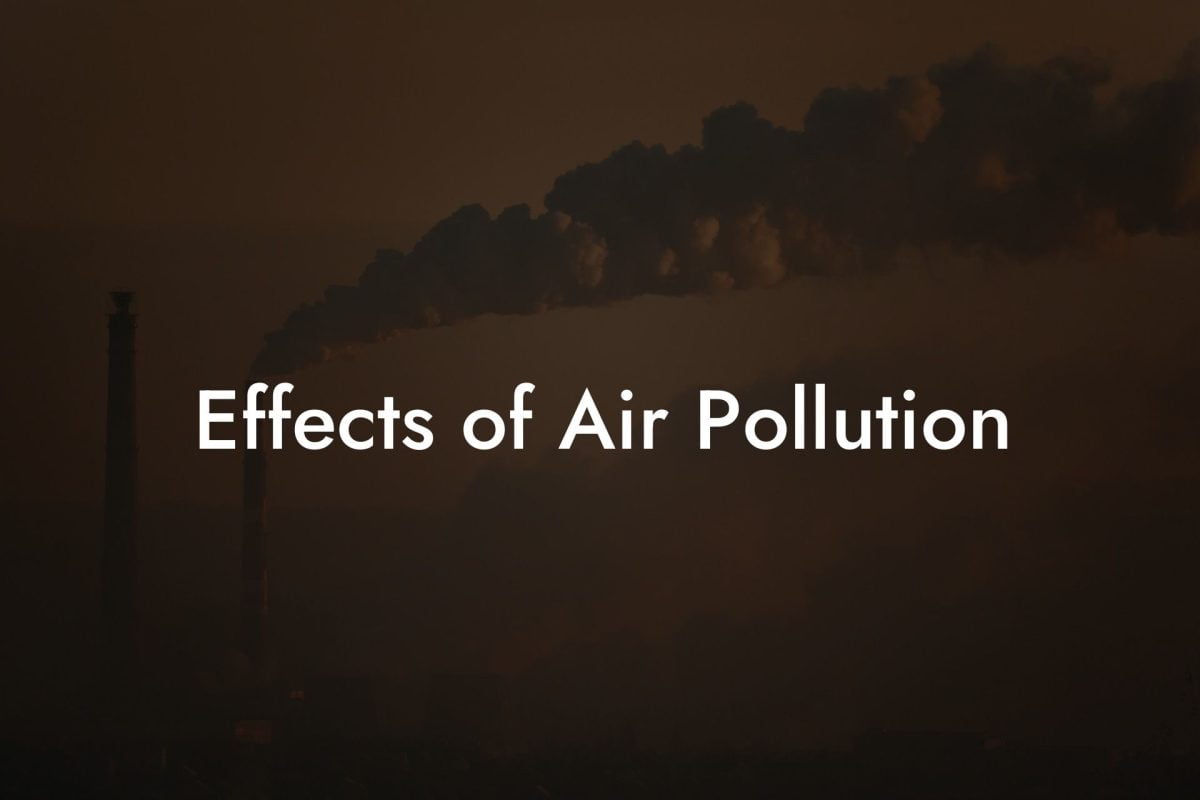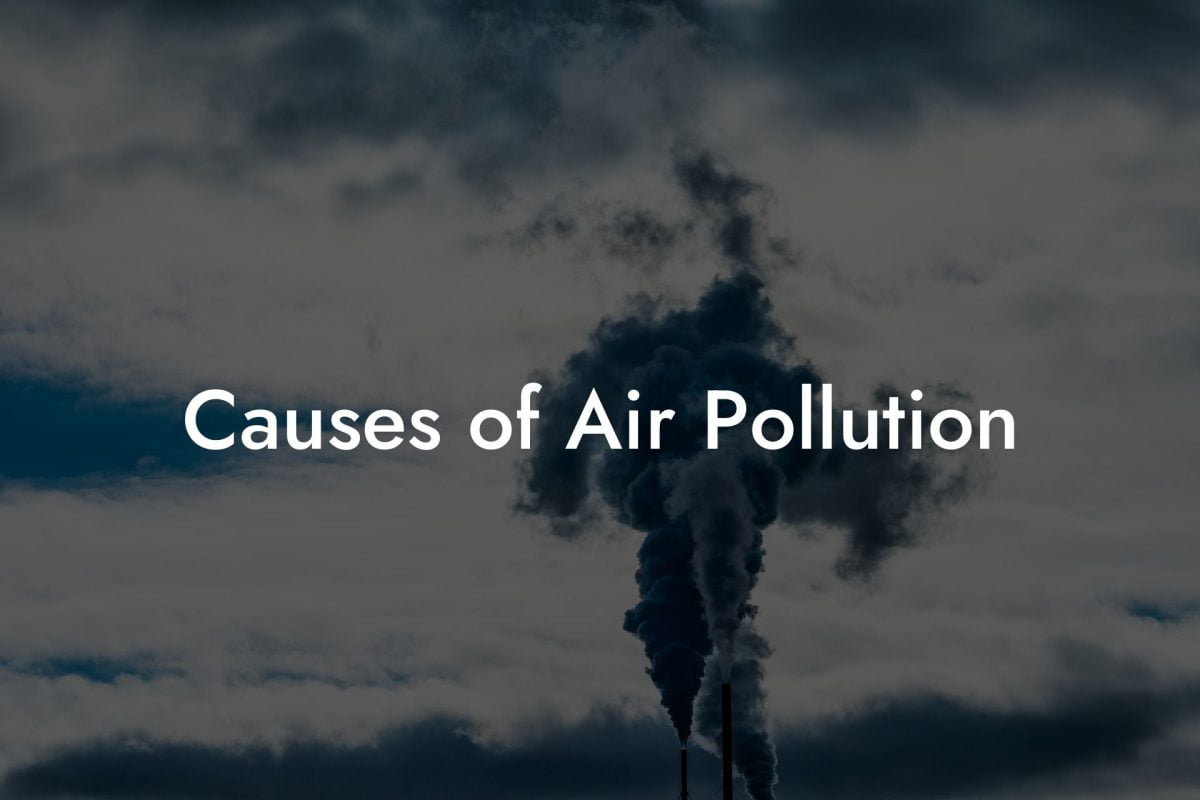Introduction to Nitrogen Oxides
Nitrogen oxides (NOx) are a group of highly reactive gases that play a significant role in air pollution. They are key contributors to smog formation and acid rain, and significantly impact both human health and the environment.
What are Nitrogen Oxides?
NOx is primarily composed of nitrogen dioxide (NO2) and nitric oxide (NO), both of which are byproducts of combustion processes. They are emitted from vehicles, power plants, and industrial activities.
Sources of Nitrogen Oxides
Transportation
The most significant source of NOx emissions is road traffic. Internal combustion engines, especially diesel engines, are major contributors.
Power Generation and Industry
Fossil fuel combustion in power plants and various industrial processes also release large amounts of NOx into the atmosphere.
Impact on Human Health
Respiratory Problems
NOx gases can irritate airways in the human respiratory system. Prolonged exposure is linked to increased incidence of respiratory diseases like asthma.
Cardiovascular Risks
Emerging research suggests a possible connection between NOx exposure and increased cardiovascular disease risks.
Environmental Consequences
NOx emissions contribute to the formation of acid rain, which can damage trees, soils, and aquatic ecosystems.
Eutrophication
NOx can lead to excessive nutrient levels in water bodies, causing eutrophication, harming water quality, and reducing biodiversity.
Impact on Wildlife
NOx affects sensitive species and ecosystems, leading to a loss of biodiversity in certain areas.
NOx and Climate Change
Global Warming
Some forms of NOx are greenhouse gases, contributing to global warming and climate change.
Regulation and Control of NOx
Legislation
Stringent regulations have been implemented to control NOx emissions, especially from vehicles and industrial sources.
Technological Advances
Advancements in vehicle emission control technologies and industrial processes have significantly reduced NOx emissions.
Reducing NOx Emissions
Renewable Energy
Transitioning to renewable energy sources can drastically reduce NOx emissions from power generation.
Public Transport and Electric Vehicles
Encouraging the use of public transport and electric vehicles can significantly reduce NOx emissions from the transportation sector.
Energy Efficiency
Improving energy efficiency in industrial processes and buildings can further reduce NOx emissions.
Monitoring NOx
Continuous monitoring of NOx levels is essential for assessing the effectiveness of control strategies and protecting public health.
UK Air Pollution: Your NOx Data Resource
Comprehensive NOx Data
UK Air Pollution provides an extensive database of NOx data for all UK locations and postcodes. This makes it an invaluable resource for anyone needing detailed information on NOx levels and their impact.
Why UK Air Pollution?
Our database is the perfect tool for researchers, policymakers, and individuals concerned about air quality. With a professional, high-energy, and engaging approach, we make understanding NOx pollution accessible and informative.
Enhance Your Projects with UK Air Pollution
Whether for academic research, product development, or service implementation, UK Air Pollution is your ideal partner. Our comprehensive data and insights into NOx pollution can significantly enhance the quality and impact of your work.
Frequently Asked Questions
What Are Nitrogen Oxides (NOx)?
Nitrogen oxides are a group of gases composed of nitrogen and oxygen. Two of the most common and hazardous forms of nitrogen oxides are nitric oxide (NO) and nitrogen dioxide (NO2). These gases are primarily produced from combustion processes.
How Are Nitrogen Oxides Formed?
NOx is primarily formed during combustion processes, such as in car engines and power plants. High temperatures cause nitrogen and oxygen in the air to combine, resulting in various nitrogen oxides.
Why Are Nitrogen Oxides a Concern for the Environment?
Nitrogen oxides contribute to the formation of smog and acid rain. They also play a significant role in the formation of ground-level ozone, a harmful air pollutant, and affect nutrient cycles in the environment.
How Do Nitrogen Oxides Affect Human Health?
Exposure to NOx can irritate the airways in the human respiratory system. Prolonged exposure can decrease lung function, increase the risk of respiratory conditions, and aggravate existing heart diseases.
What Are the Main Sources of Nitrogen Oxides?
The primary sources of NOx are motor vehicles, power plants, industrial facilities, and any combustion process using fossil fuels like coal, oil, and gas.
How Do Nitrogen Oxides Contribute to Acid Rain?
NOx reacts with moisture in the atmosphere to form nitric acid, which falls as acid rain. This can damage forests, harm aquatic life in rivers and lakes, and corrode buildings and structures.
Can Nitrogen Oxides Affect Indoor Air Quality?
Indoor sources of NOx are generally less significant compared to outdoor sources. However, unvented or poorly vented gas stoves, heaters, and fireplaces can be indoor sources of nitrogen oxides.
How Do Nitrogen Oxides Impact Climate Change?
Nitrogen dioxide, a type of NOx, is a greenhouse gas that contributes to the warming of the atmosphere. NOx also plays a role in the formation of tropospheric ozone, which is a potent greenhouse gas.
What Is the Difference Between Nitric Oxide and Nitrogen Dioxide?
Nitric oxide (NO) is a colorless and odorless gas, while nitrogen dioxide (NO2) is a reddish-brown gas with a sharp, acrid odor. NO2 is more harmful to human health compared to NO.
How Can We Reduce Nitrogen Oxide Emissions?
Reducing NOx emissions can be achieved by using cleaner fuel, adopting advanced combustion technologies, fitting vehicles with exhaust treatment systems, and promoting energy efficiency.
What Are the Effects of Nitrogen Oxides on Children and the Elderly?
Children and the elderly are more susceptible to the adverse health effects of NOx. These groups are more likely to suffer from respiratory issues, asthma, and other
chronic lung diseases due to exposure.
How Do Nitrogen Oxides Affect Plant Life?
Exposure to high levels of NOx can damage leaves of plants, reduce growth, and decrease crop yields. Nitrogen oxides can also alter nutrient cycles in soil, affecting plant health.
What Is the Role of Nitrogen Oxides in the Formation of Ground-Level Ozone?
NOx reacts with volatile organic compounds (VOCs) in the presence of sunlight to form ground-level ozone, a key component of urban smog that is harmful to human health and the environment.
How Does Traffic Contribute to Nitrogen Oxide Levels?
Vehicular traffic is a major contributor to NOx emissions, especially in urban areas. Diesel engines, in particular, are significant sources of nitrogen oxides.
Can Nitrogen Oxides Be Found in Drinking Water?
Nitrogen oxides themselves are not commonly found in drinking water. However, nitrate, a compound related to NOx, can contaminate water supplies as a result of agricultural runoff and industrial waste.
What Are the Regulations for Controlling Nitrogen Oxides?
Governments implement various regulations to control NOx emissions, including setting emission limits for vehicles and industrial facilities, and promoting cleaner transportation and energy production methods.
How Do Nitrogen Oxides Affect Visibility?
Nitrogen oxides can react with other pollutants to form particles that scatter and absorb light, reducing visibility. This phenomenon is often seen as a brownish haze, particularly in urban areas.
What Are Low NOx Burners?
Low NOx burners are designed to reduce nitrogen oxide emissions in industrial and utility boilers. They achieve this by controlling the combustion process to minimize the formation of NOx.
How Does Weather Affect Nitrogen Oxide Concentrations?
Weather conditions like wind, temperature, and sunlight can affect NOx concentrations. For example, sunny days can increase the formation of ground-level ozone from NOx.
Are Electric Vehicles
Better for Reducing NOx Emissions? Electric vehicles (EVs) are better for reducing NOx emissions because they do not rely on internal combustion engines, which are primary sources of NOx. Transitioning to EVs can significantly lower NOx emissions, especially in urban areas.
Can Houseplants Help in Reducing Indoor NOx Levels?
Some houseplants can absorb NOx and other pollutants, albeit to a limited extent. They can contribute to improving indoor air quality along with proper ventilation and avoiding indoor sources of NOx.
How Is NOx Monitored in the Atmosphere?
NOx levels are monitored using ground-based monitoring stations and satellite observations. These methods help in tracking pollution trends, enforcing air quality standards, and informing public health advisories.
What Health Precautions Should Be Taken During High NOx Levels?
During high NOx levels, it's advisable to limit outdoor activities, especially strenuous exercise. People with respiratory conditions should stay indoors and keep windows closed to minimize exposure.
How Do Nitrogen Oxides Affect Asthmatics?
For asthmatics, NOx can trigger symptoms like coughing, wheezing, and shortness of breath. It can also increase the frequency and severity of asthma attacks.
What Is the Future of NOx Emission Control?
The future of NOx emission control lies in advancing cleaner energy technologies, improving emission controls in vehicles and industries, and enhancing air quality regulations to further reduce NOx emissions.














